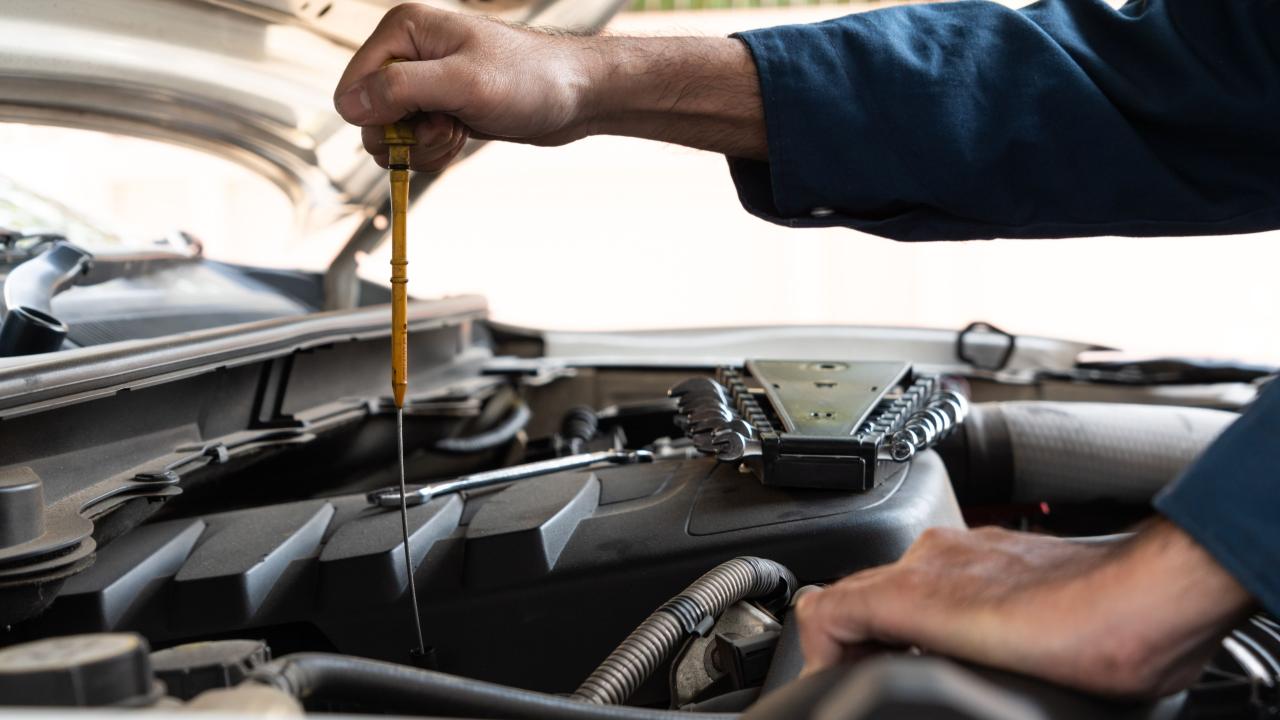
The Automotive Association of Peru (AAP) also revealed that the maintenance and repair of motorcycles and motor vehicles showed a positive trend.
The Peruvian economy recorded its highest growth of the year last December, closing 2024 with significant progress after the fall recorded in 2023, according to the Automotive Association of Peru (AAP) after indicating that, according to official information from the INEI, the national economic activity index reported an expansion of 4.85% in December 2024 compared to the same month in 2023.
This result led to the Peruvian economy growing by 3.33% throughout 2024 compared to the previous year.
The statistical agency explained that December's performance was due to the increase in all sectors of the economy, except the Construction sector.
Thus, Manufacturing, Other Services, Commerce, Agriculture, Transportation, Fishing and Mining, and Hydrocarbons grew, which together accounted for more than 70% of the result.
In addition, in that month, external demand for traditional products increased by 2.75%, while shipments of non-traditional products grew by 14.33%, with the agricultural, textile, metalworking, iron and steel, and non-metallic mining sectors standing out.
Likewise, throughout 2024, the 3.33% increase was driven by various sectors, among which Manufacturing, Commerce, Transportation, Agriculture, Mining and Hydrocarbons, Construction, Services Provided to Companies and Other Services stood out.
In December 2024, the Commerce sector stood out with an increase of 3.64%, driven by the growth of retail trade (3.79%), wholesale (3.67%) and automotive (2.47%).
According to INEI, the performance of the automotive trade was mainly due to the increased sale of light vehicles (sports cars, pick-ups, vans and pickups), heavy vehicles (trucks, minibuses, buses) and smaller vehicles (motorcycles and tricycles).
This recovery is in line with the economic recovery, the increase in tourism and the renewal of fleets. Sales of parts, pieces and accessories for motor vehicles, such as tires, lubricants and batteries, also increased.
The sale, maintenance and repair of motorcycles and their components continued to trend positively, driven by the renewal of fleets and Motorcyclist Day. In addition, the maintenance and repair service for motor vehicles grew," said the AAP.
In 2024 as a whole, the automotive union stated, the automotive trade registered an expansion of 0.23%, due to the increased sale of parts, pieces and accessories for motor vehicles, thanks to commercial strategies and a new customer portfolio.
Sales, maintenance and repair of motorcycles and their components also increased, driven by fairs and tenders.
The maintenance and repair of motor vehicles showed a positive trend, with an increase in mechanical repairs and washing and polishing services, as well as promotions for conversion to CNG under the FISE Promotion Program (Energy Social Inclusion Fund).
However, motor vehicle sales closed the year with a negative cumulative variation in the case of light vehicles, despite the increase in the last four months of the year, while heavy and smaller vehicles closed with an increase.
“By 2025, we expect the Peruvian economy to expand again, although at a rate slightly below 3%. This forecast is based on greater growth in private investment, which would exceed what was reported in 2024 and would boost various economic sectors such as mining, manufacturing and trade. Private consumption would maintain a similar dynamism to last year. However, a significant slowdown in public spending and investment is anticipated, which would affect sectors such as construction, due to efforts to reduce the fiscal deficit that has exceeded the limits of fiscal rules,” the institution stated.
As for the automotive trade, it is expected to accelerate its growth in 2025, mainly due to the recovery of light vehicle sales and the increase in the sale of heavy and smaller vehicles.
However, the AAP pointed out that there are risks that could alter this outlook, such as the proximity of the next presidential elections, which could generate uncertainty among economic agents; the growing citizen insecurity, which affects the viability of many businesses and small enterprises; the low credibility of the public policies of the Government of Dina Boluarte and its limited capacity to respond to the urgent demands of the population.
“Furthermore, the questionable actions of the Legislative Branch, which has accumulated a series of populist laws that have weakened the country's institutions, even attributing spending capacity at a time when the fiscal deficit has increased; and the various threats of the new US government to international trade, through the imposition of tariffs on different countries, which could provoke responses of the same magnitude from the affected countries, and hinder the global trade flow,” he concluded.










